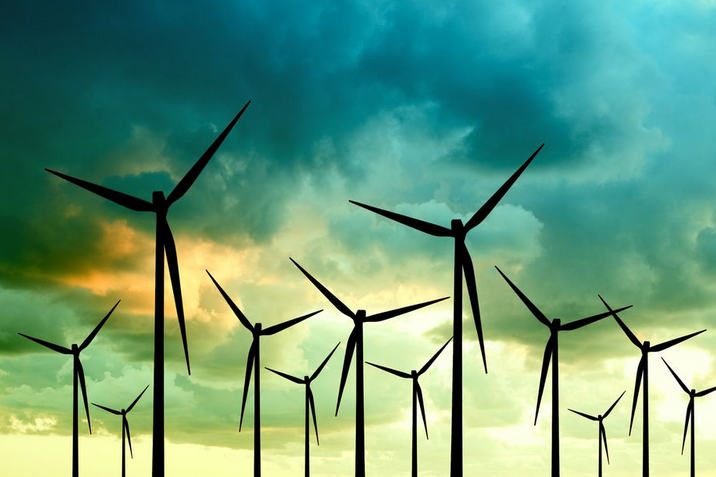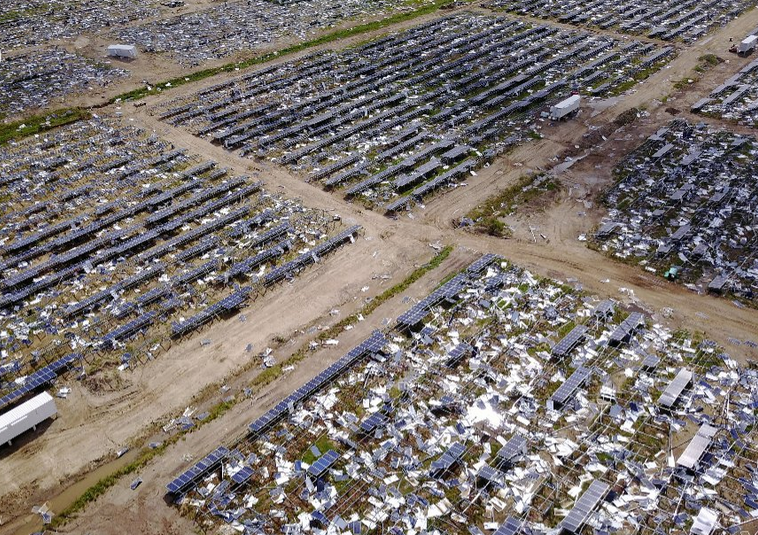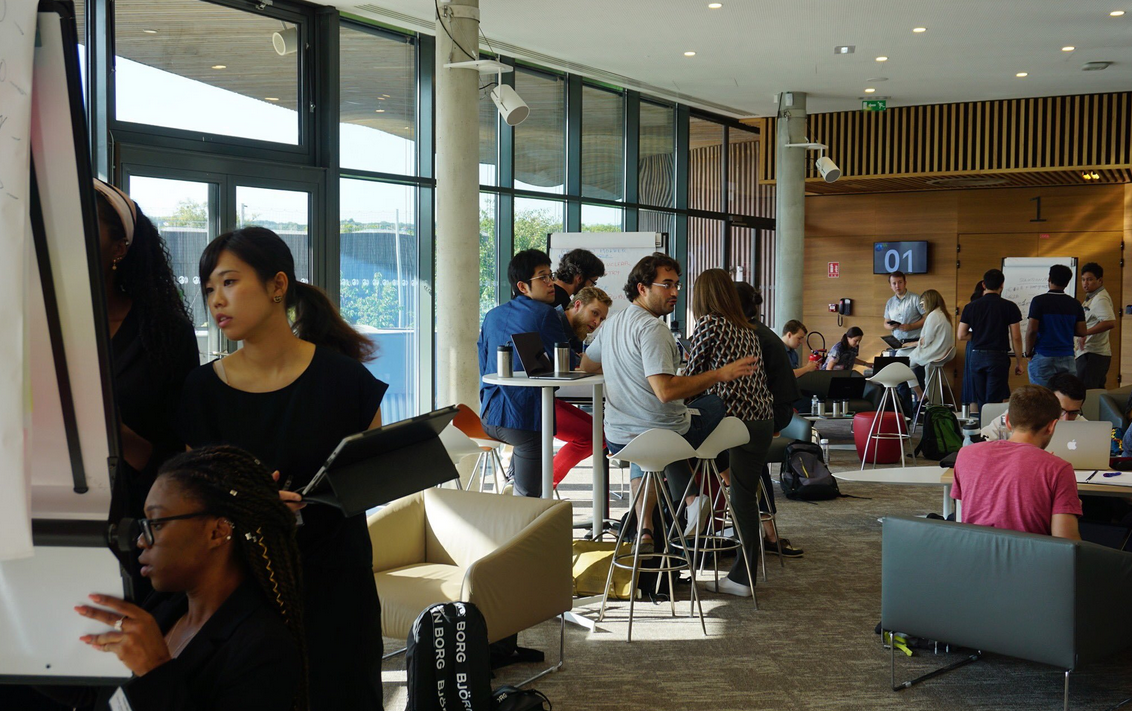Dr. Jonathan Tiemann
Would it really be possible to replace our existing energy system with renewables? Mark Jacobson, Professor of Civil and Environmental Engineering at Stanford, thinks we can do so by 2050.1 Prof. Jacobson has done an impressive job of synthesizing demographic, economic, and engineering data to develop a formula that seems to show a path toward a fully renewable-energy system. The trouble is, Prof. Jacobson’s plan rests on a cascade of assumptions, and his implementation strategy amounts to appointing a benevolent dictator, who will make sure that it all happens. But no plan we initiate in 2017, no matter how well-conceived or analyzed, can survive the unpredictable demographic, economic, technological, and political changes that will undoubtedly occur between now and 2050. Rather than design a master plan that is doomed to fail, we must instead advocate for a policy that remains robust to an unpredictable future. The carbon-free energy policy of the future surely includes wind, water, and solar (WWS), but adding nuclear to the mix both strengthens and simplifies the process of displacing fossil fuel energy.
 To illustrate the problems with Prof. Jacobson’s plan, let’s look at a couple of figures concerning solar energy. He imagines that by 2050, California’s 50 million residents (a reasonable estimate) will install 15 million residential rooftop solar photovoltaic systems with an average capacity of five kilowatts. Unless family living patterns change dramatically, that’s basically a rooftop solar plant for every household, whether they live in a detached, single-family suburban house, a garden apartment, a farmhouse, or a high-rise. In addition to those, he posits that by 2050, California will be home to 1226 of those gigantic Concentrated Solar Plants — like the one in the Mojave Desert that focuses solar energy to melt a block of salt at the top of a tower to provide heat to turn electric turbines. Now, rooftop PV solar and CSPs are both technologies that we know can produce significant amounts of electric power, and we should absolutely deploy them. But to assume that in a third of a century we will have PV solar on every rooftop in the state, and that we will allocate “0.9% of California land area” — about 1400 square miles, or 30 times the area of the city of San Francisco — to solar power production, is to suppose that we will act today to make a massive, irreversible commitment to existing solar power technologies when we know that new technologies can and will arise.
To illustrate the problems with Prof. Jacobson’s plan, let’s look at a couple of figures concerning solar energy. He imagines that by 2050, California’s 50 million residents (a reasonable estimate) will install 15 million residential rooftop solar photovoltaic systems with an average capacity of five kilowatts. Unless family living patterns change dramatically, that’s basically a rooftop solar plant for every household, whether they live in a detached, single-family suburban house, a garden apartment, a farmhouse, or a high-rise. In addition to those, he posits that by 2050, California will be home to 1226 of those gigantic Concentrated Solar Plants — like the one in the Mojave Desert that focuses solar energy to melt a block of salt at the top of a tower to provide heat to turn electric turbines. Now, rooftop PV solar and CSPs are both technologies that we know can produce significant amounts of electric power, and we should absolutely deploy them. But to assume that in a third of a century we will have PV solar on every rooftop in the state, and that we will allocate “0.9% of California land area” — about 1400 square miles, or 30 times the area of the city of San Francisco — to solar power production, is to suppose that we will act today to make a massive, irreversible commitment to existing solar power technologies when we know that new technologies can and will arise.
The good news in Prof Jacobson’s work is that he makes a plausible case that new technologies can produce enough megawatt hours of energy to meet our future needs without fossil fuels. But his dedication to wind, water, and solar as the only legitimate solutions is just irrational. The path he has posited to achieve a carbon-free mix with just WWS is too slow, and requires too much top-down policy direction. Nuclear power has the potential to replace large fossil fuel installations, and advanced nuclear technologies can also provide much smaller, targeted energy sources. Adding nuclear to WWS provides quicker scale and greater flexibility — a better, more robust solution.
______________________
[1] Jacobson has a number of papers on the topic. This note concerns his work on California, in Jacobson, et. al., “A roadmap for repowering California for all purposes with wind, water, and sunlight,” Energy, vol. 73, pp. 875-889, 2014. Also at http://web.stanford.edu/group/efmh/jacobson/Articles/I/CaliforniaWWS.pdf












In an article called the “Evaluation of a proposal for reliable low-cost grid power with 100% wind, water, and solar” released on June 26, 2017 in the Proceedings of the National Academy of Sciences of the United States (http://www.pnas.org/content/114/26/6722), twenty-one authors affirmed what you wrote in this article, condemning Jacobson’s methodology and assumptions. In their abstract, they write:
“Previous analyses have found that the most feasible route to a low-carbon energy future is one that adopts a diverse portfolio of technologies. In contrast, Jacobson et al. (2015) consider whether the future primary energy sources for the United States could be narrowed to almost exclusively wind, solar, and hydroelectric power and suggest that this can be done at “low-cost” in a way that supplies all power with a probability of loss of load “that exceeds electric-utility-industry standards for reliability”. We find that their analysis involves errors, inappropriate methods, and implausible assumptions. Their study does not provide credible evidence for rejecting the conclusions of previous analyses that point to the benefits of considering a broad portfolio of energy system options. A policy prescription that overpromises on the benefits of relying on a narrower portfolio of technologies options could be counterproductive, seriously impeding the move to a cost effective decarbonized energy system.”
Thank you for your cogent and accurate analysis of the mess that Jacobson has made of the expectations of America’s environmentalists!